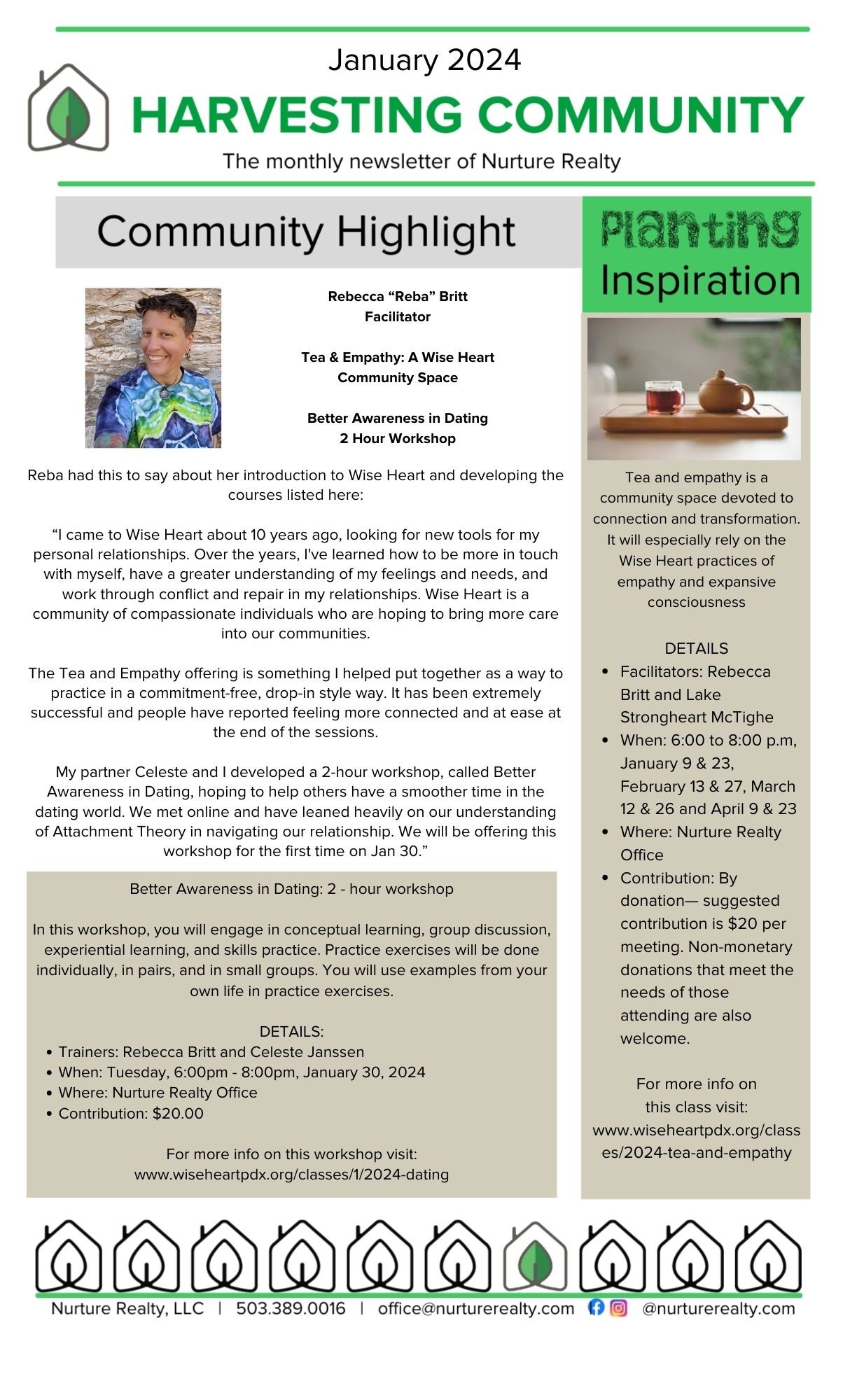Lawn and Garden Tips for the Fall
/The long, lazy days of summer are over. This time of year, crisp mornings fold into football afternoons and bonfire nights.
Driving down the road, you see trees covered with layers of beautiful fall leaves. Then you pull into your driveway to find blankets of leaves covering your lawn—not quite so beautiful, right? While watching this change of season from behind the wheel or on a leisurely walk is fun, proper lawn and garden care can be daunting. Check out these tips that will reduce your stress and help you enjoy the season with a great looking yard and garden.
Rake Leaves, Remove Dead Plants, and Compost
Forget about your old rusty metal fan rake and get the right tools for your yard. The Lee Power Rake along with various rake alternatives such as push-power leaf collectors can take the backache out of raking. If you choose to rake manually, remember that raking leaves can be quite a workout. Just like when you lift other heavy items, bend at the knees before you pick up that tarp or bag of leaves. Rake when it’s dry and don’t be afraid to cheat a little by using a mulching mower.
Rake around plants and shrubs carefully to avoid disturbing fragile plants. Instead of damaging the plants with your rake as you remove the leaves, consider leaving some leaves where they are. They will eventually break down and nourish the soil.
After you’ve raked up all those leaves and dead plants, composting is a wonderful way to recycle organic waste by returning nutrients back into the soil. According to recycleworks.org, finished compost looks soil-dark brown, is crumbly, and smells like a forest floor. Guidelines for composting include factors such as regular fresh air, adequate water, a proper carbon-to-nitrogen ratio, small particles, and adequate amounts of soil.
Keep in mind that even after you rake the yard, your garden also needs tender love and care to survive the harsh winter. Remove plant matter from your garden and compost it along with those fall leaves. If you leave dead plants behind, you may face some plant diseases in the spring.
Rototilling in the fall will make your spring gardening work go much easier. To protect your topsoil from old man winter, plant a cover crop for large beds or apply a mulch. Also use this time of year to clean up perennial garden beds.
Aerate, Fertilize, and Trim
Aeration involves perforating the soil with small holes to allow air, water, and nutrients to penetrate the grass roots to alleviate soil compaction. Before you get started, make sure the soil is moist enough. It helps to break up the thatch layer that may prevent water and nutrients from getting into the soil. Determine if the turf needs a good de-thatching because even if you are using a bagger when mowing, it will still eventually build up and create an impenetrable layer.
According to Better Homes & Gardens, fall is the best time of year to fertilize your lawn if you live in the North. Cool-season grasses, such as bluegrass, fescue, and ryegrass, respond well to feeding in early September and again in late fall (late October or November). It helps them turn green earlier and look better in spring. Avoid fertilizing dormant warm-season grasses in the South unless they have been overseeded with winter ryegrass.
Remember to lower your lawn mower blades one notch or set the blades at the lowest mowing height recommended for your grass type. Cutting your yard slightly shorter in autumn helps prevent the grass from matting down under leaves and snow.
Even though fall is here, your lawn and garden work isn’t done. Before winter hits, make sure to rake leaves, remove dead plants, and compost. And when it comes to your lawn, aerate, fertilize, and trim. You’ll notice the difference come springtime.
Article by Paul Denikin
Photo Credit: Pixabay













